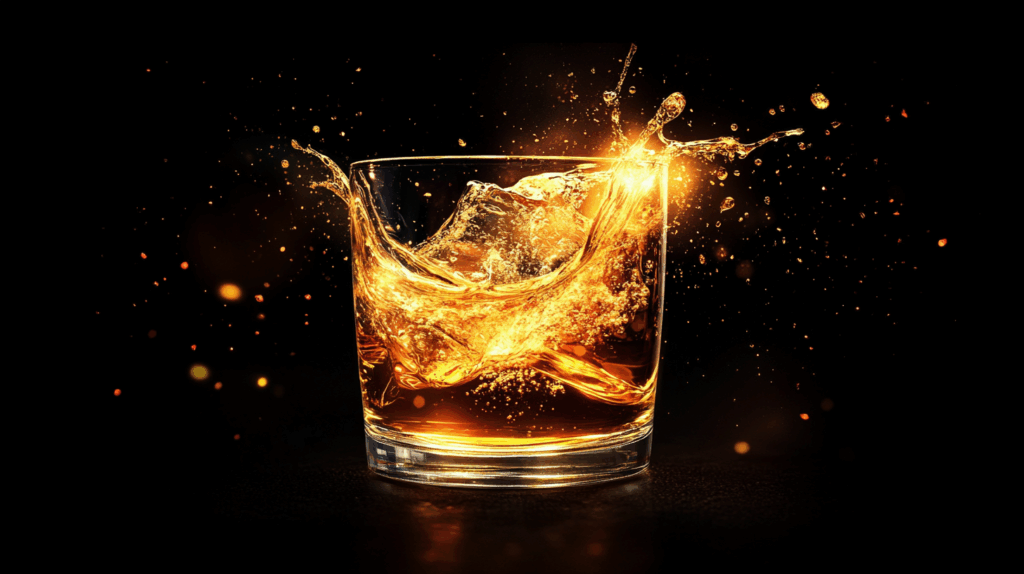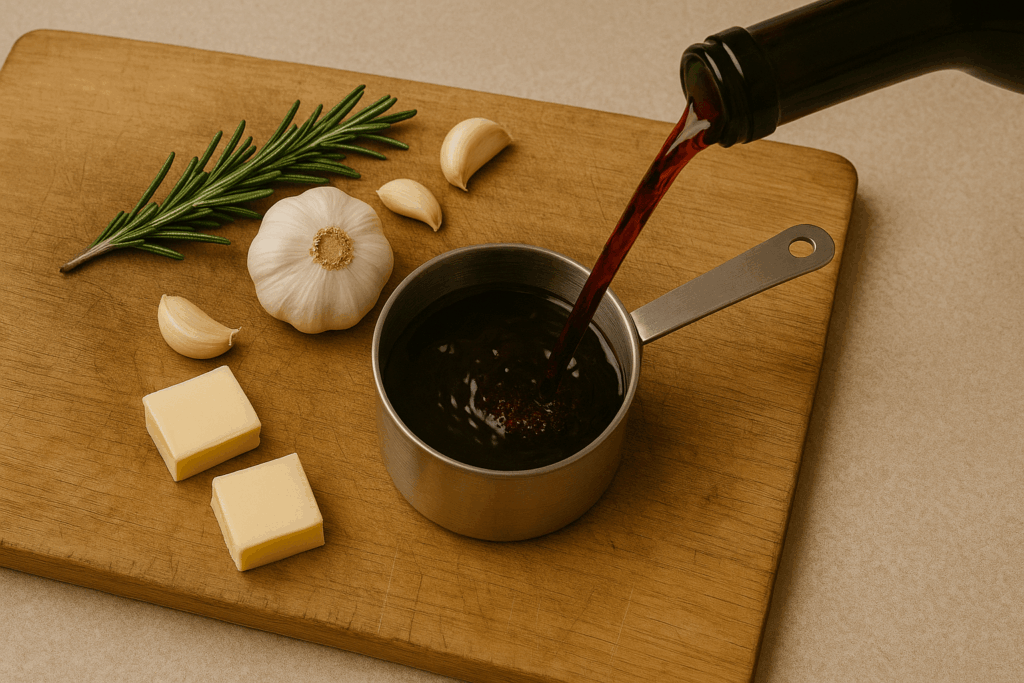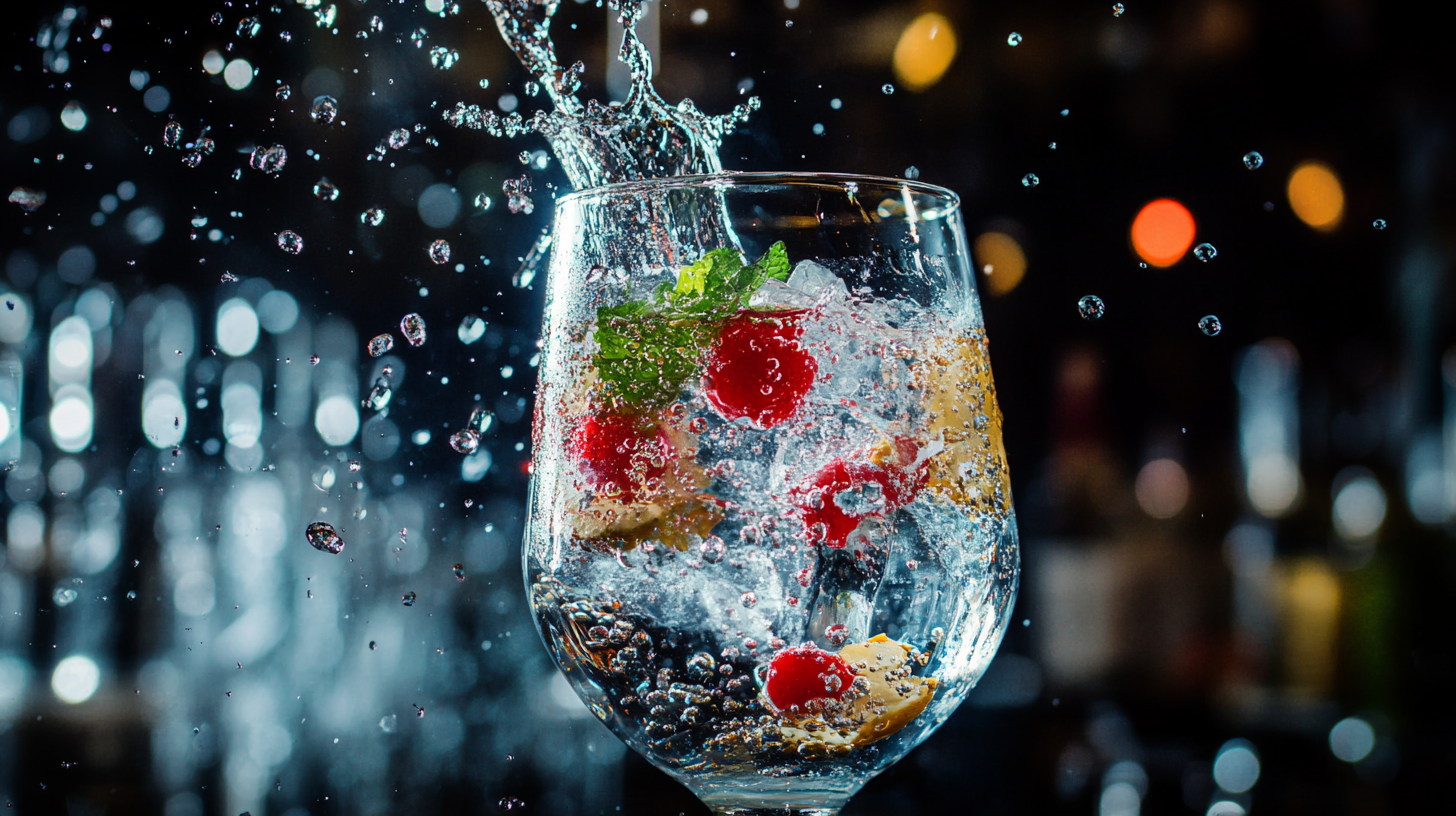
Gin is a spirit that’s stood the test of time—from its medicinal roots to a staple in stylish bars across the world. With its botanical backbone and diverse flavor profiles, gin isn’t just one thing. There are multiple types, each with its own history, character, and perfect partner in the form of a mixer. Whether you’re a classic G&T lover or a cocktail adventurer, here’s a breakdown of the main types of gin—and the best mixers to bring them to life.
London Dry Gin
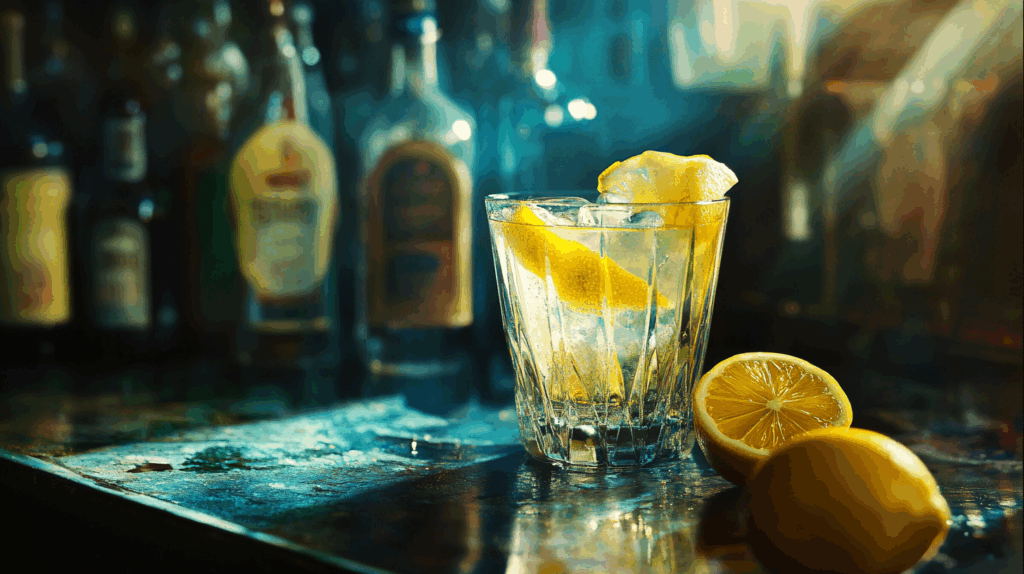
The most iconic and widely recognized style, London Dry isn’t just about where it’s made (it doesn’t have to be from London at all). It’s defined by its distillation process and dryness—no artificial flavorings or colorings allowed. Expect bold juniper, crisp citrus, and a clean finish.
Perfect mixer: Tonic water
Tonic’s bittersweet fizz perfectly balances London Dry’s punchy botanicals. Ideal for sunny evenings, outdoor patios, and anytime you want a timeless refresher.
Plymouth Gin
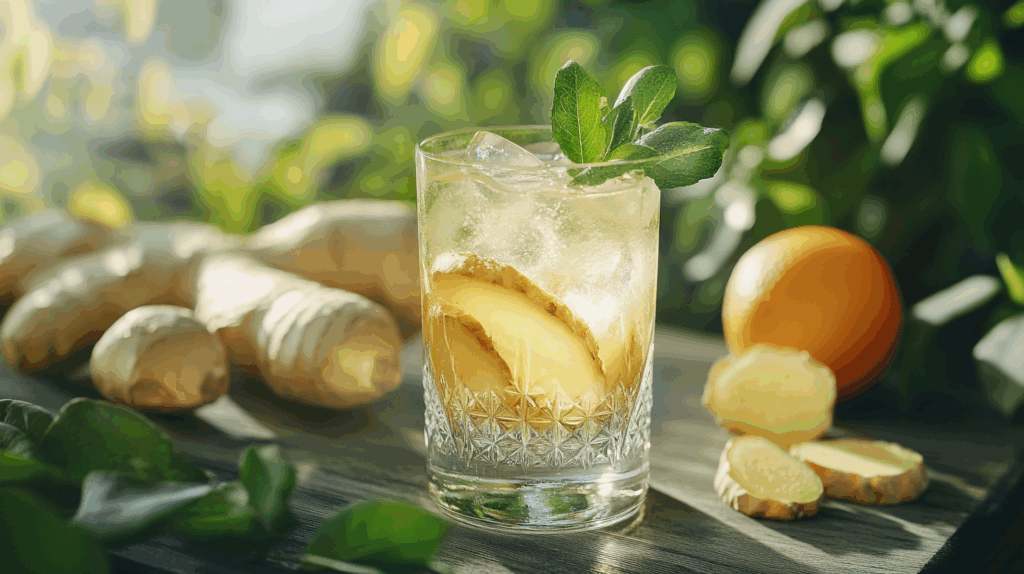
A softer, earthier cousin to London Dry, Plymouth Gin is geographically protected—it must be made in Plymouth, England. It has a smooth, slightly sweeter taste with less emphasis on juniper and more root botanicals like orris and angelica.
Perfect mixer: Ginger ale
Ginger ale highlights Plymouth’s earthy base and adds a mellow warmth. Great for slow sipping in the cooler months or a relaxed Friday night in.
Old Tom Gin
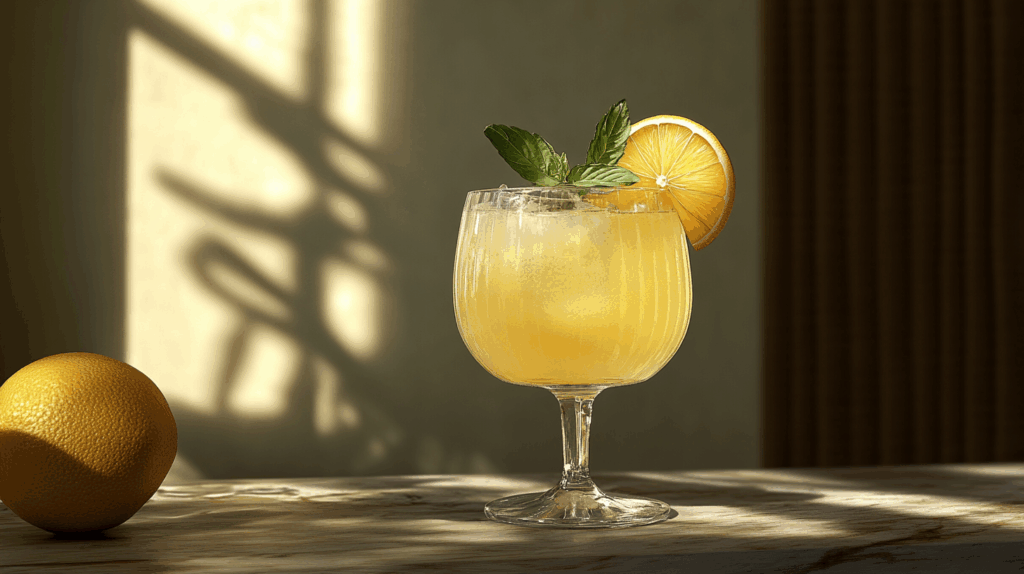
Think of Old Tom as the bridge between London Dry and Genever. It’s slightly sweeter and was the go-to gin in 18th and 19th-century England. Many classic cocktails, like the Tom Collins, were originally made with this style.
Perfect mixer: Cloudy lemonade
Old Tom and lemonade are a match made for picnics, brunches, and casual summer get-togethers. It’s refreshing with just enough kick.
Genever (or Jenever)
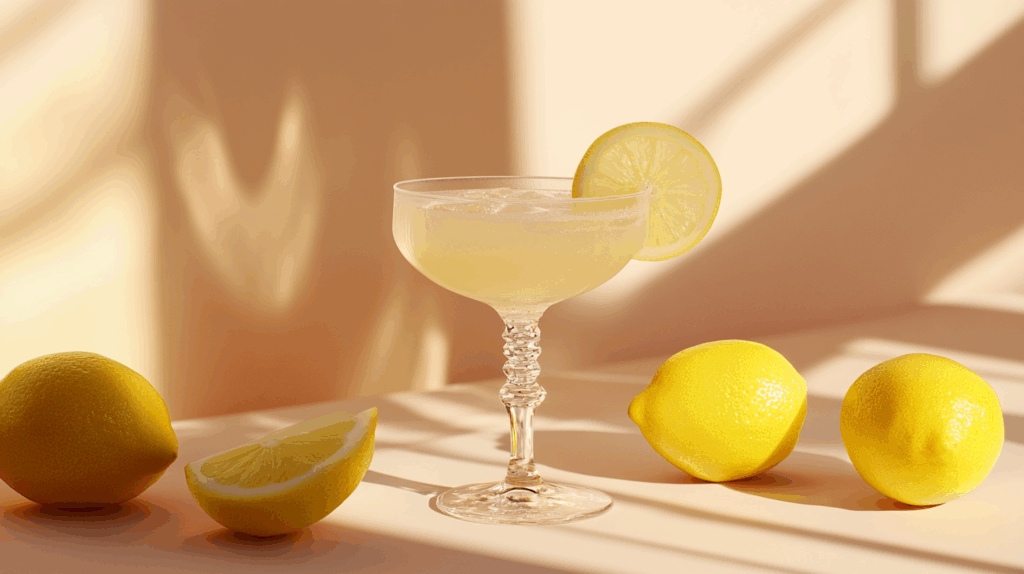
The ancestor of modern gin, Genever hails from the Netherlands and Belgium. It’s malty, rich, and complex—closer to whiskey than typical gin. It’s made from malt wine and has a rounder mouthfeel.
Perfect mixer: Bitter lemon
Bitter lemon enhances Genever’s maltiness with a sharp citrus edge. Sip it on a rainy afternoon or when you’re feeling contemplative and cozy.
New Western (or Contemporary) Gin
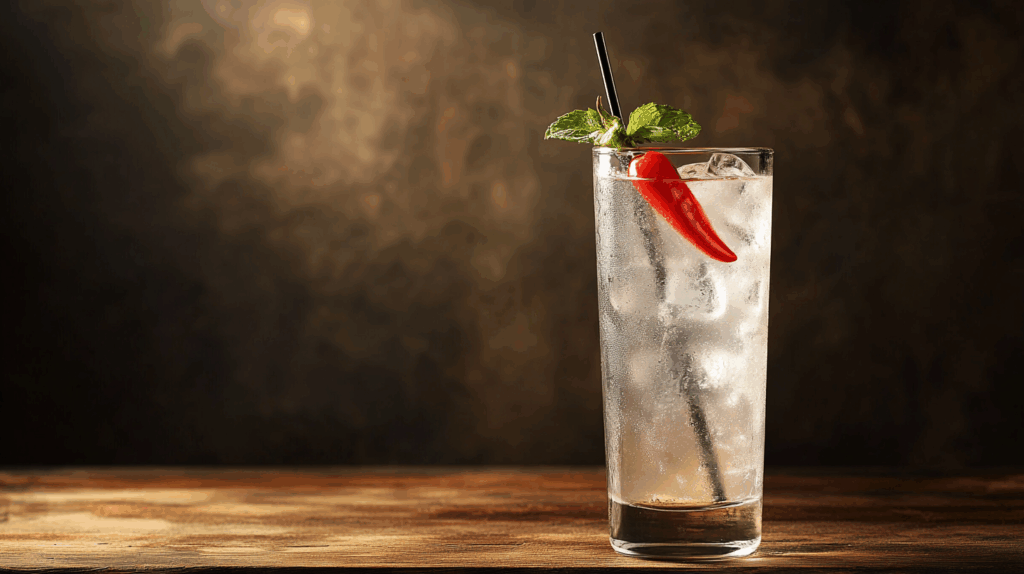
This modern gin style moves juniper from the spotlight to a supporting role. Instead, expect unusual botanicals—cucumber, lavender, tea, you name it. New Western gin is where distillers let their creativity shine.
Perfect mixer: Soda water with a twist
Keep it simple to let the botanicals sing—add a splash of soda and a slice of something fun (grapefruit, basil, even a chili). Perfect for experimenting and impressing your guests.
Navy Strength Gin
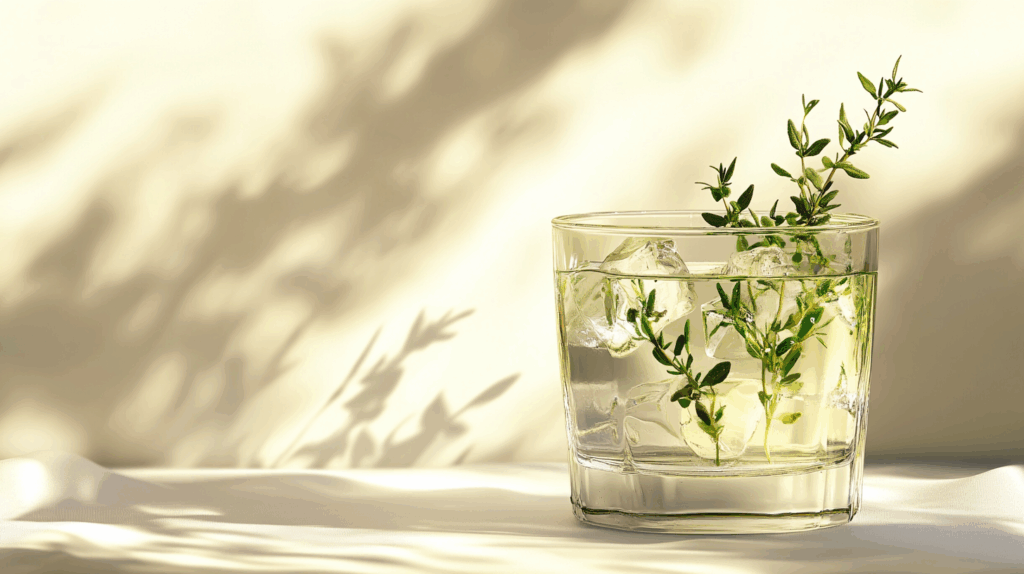
Navy Strength Gin is high-proof (usually around 57% ABV), originally made to ensure gunpowder on ships could still ignite if soaked with it. It’s intense, bold, and packs a punch of flavor.
Perfect mixer: Mediterranean tonic
The savory notes in Mediterranean tonic (like rosemary and thyme) balance the fiery strength of this gin. Ideal for a strong pre-dinner drink or when you’re in the mood to raise sails and spirits.
Sloe Gin

Not technically a gin but a liqueur, sloe gin is made by infusing gin with sloe berries (a relative of the plum), then sweetening it. It’s rich, fruity, and perfect for sipping.
Perfect mixer: Prosecco
Top sloe gin with prosecco for a festive twist—think of it as a blushing gin fizz. Best served at celebrations or when you want to turn an ordinary day into something special.
Pink Gin
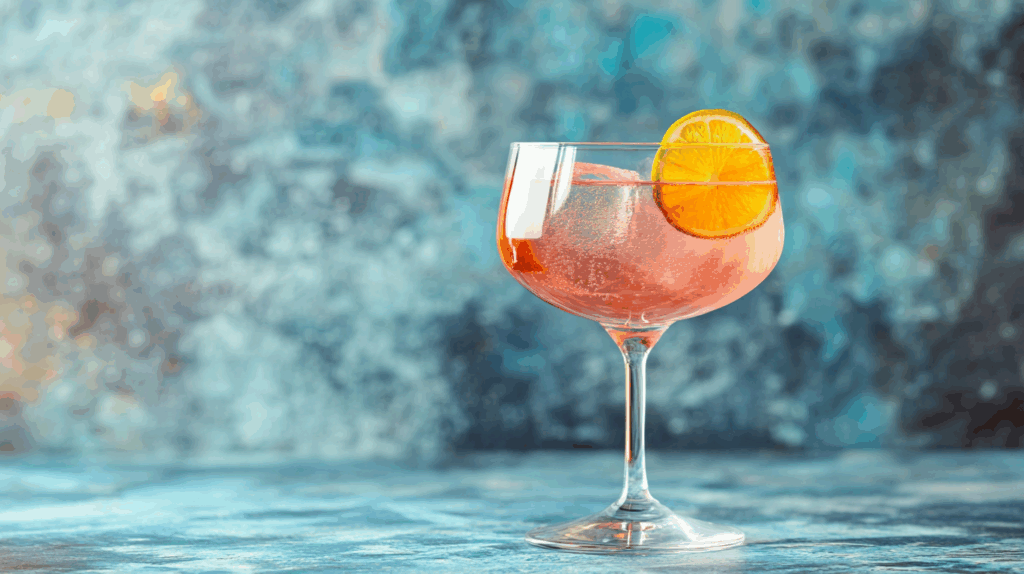
Originally a cocktail made with London Dry gin and Angostura bitters, the term now often refers to flavored gins infused with red fruits like strawberries, raspberries, or rhubarb. These gins tend to be sweet, light, and often a vivid shade of pink.
Perfect mixer: Elderflower tonic
Elderflower tonic brings out the fruity notes and adds a touch of elegance. Perfect for garden parties, bachelorette parties, or a cheerful midweek treat.
Flavored Gin

An increasingly popular category, flavored gins are infused with botanicals or fruits beyond the traditional gin profile—think orange, grapefruit, rose, cucumber, or even salted caramel. These often blur the lines between gin and liqueur, depending on their ABV and sugar content.
Perfect mixer: Lemonade or soda water
These are playful and versatile—pair with lemonade for extra sweetness or soda for a crisp lift. Great for experimenting and making eye-catching cocktails.
Barrel-Aged Gin
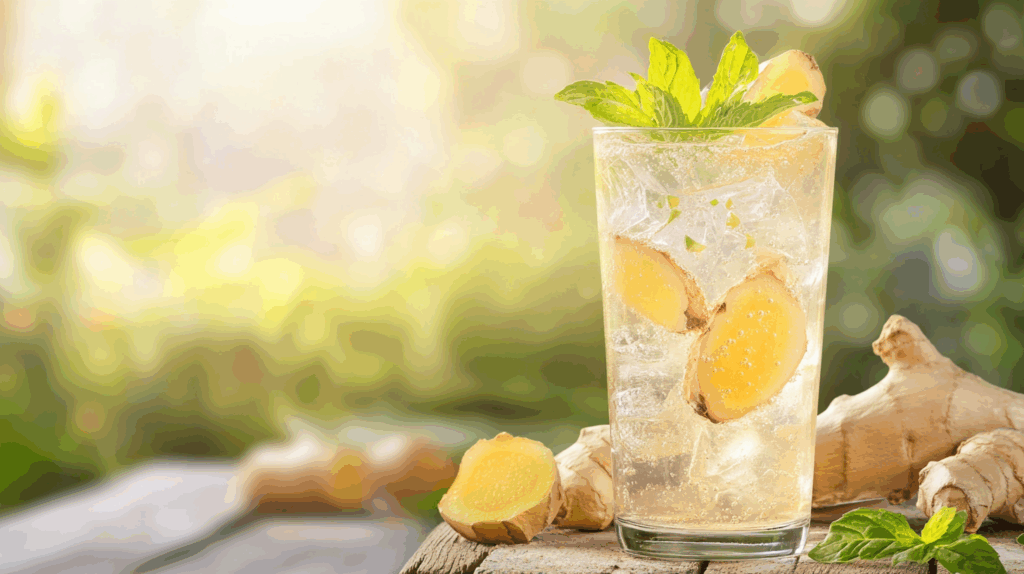
Gin that’s been aged in oak barrels, often ex-whiskey or wine barrels, for added depth and complexity. This process imparts flavors like vanilla, spice, and woodiness—perfect for whiskey lovers exploring gin.
Perfect mixer: Ginger beer
The warmth of ginger beer plays beautifully with barrel-aged notes. Ideal for cooler weather or as a cocktail base for a Negroni twist.
Compound Gin (aka Bathtub Gin)
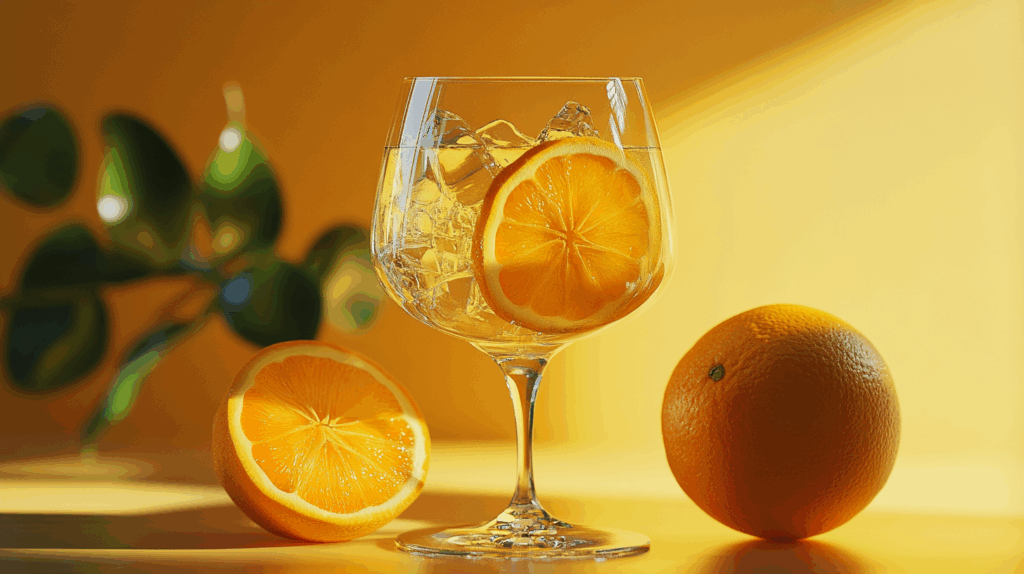
This is gin made without redistillation—essentially neutral spirit infused with botanicals (and sometimes color or sediment). It’s less refined and more rustic, but can be very flavorful and creative.
Perfect mixer: Classic tonic with orange peel
Compound gins can be unpredictable, so a straightforward tonic and a bright citrus twist help keep it balanced. Best used for home mixology experiments and curious palates.
Conclusion
Gin is more than just a single flavor—it’s a spectrum. From the classic crispness of London Dry to the complex heritage of Genever and the adventurous twist of contemporary styles, there’s a type of gin and a perfect mixer for every palate and occasion. Next time you pour a G&T, think beyond tonic and explore the wide world of gin—you might just find your new favorite combination. Cheers!


